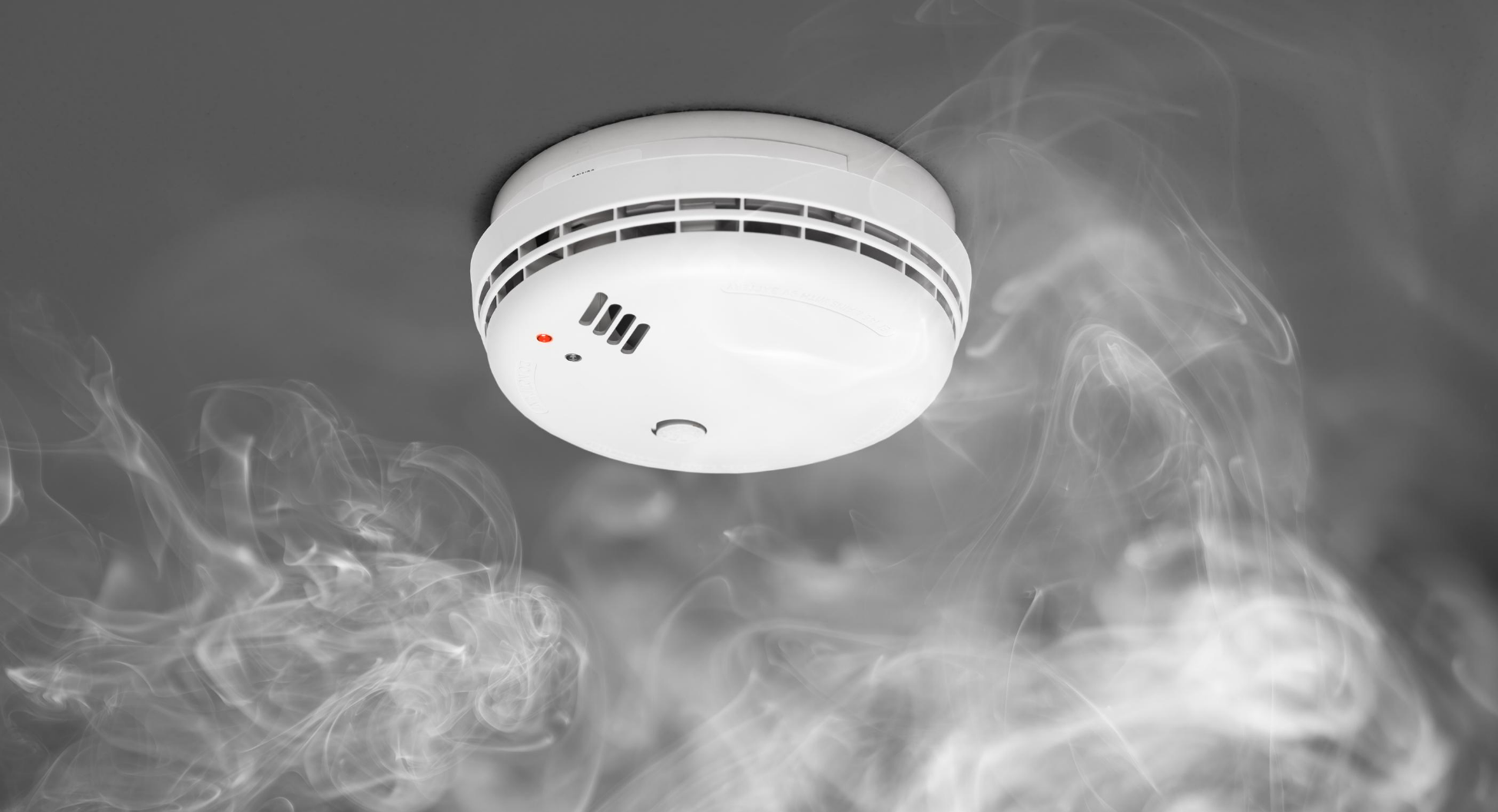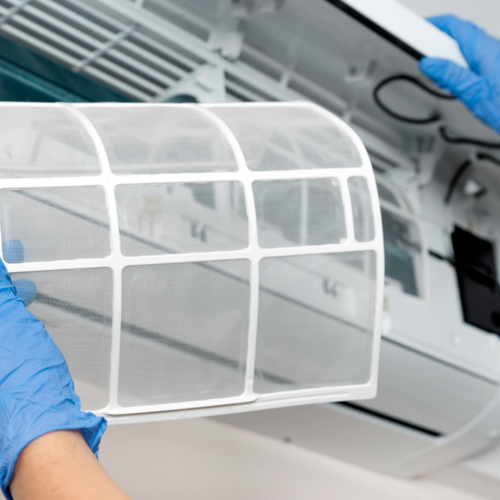When you are in the process of buying a house, you pay attention to the smallest details about the property. But after you’ve lived in a house for a while, those details often become invisible. This is why it’s such a good idea to do an annual safety audit. It forces you to pay attention to information that you’d otherwise miss. Are those frayed wires? Is that chipped paint? When did that crack in the concrete get so big? Here’s a checklist to keep your home safe and in good repair. Remember the inspections you got when you purchased the property? Are all those issues dealt with?
Fire Alarms and Fire Exits
Every home should have several smoke alarms and carbon monoxide alarms, one of each in every bedroom and in every major part of the house. In house fires, it is typically the smoke that kills people. And carbon monoxide results from incomplete combustion that is colorless and odorless and tasteless, so it is especially important to have plenty of carbon monoxide alarms if you depend on natural gas, propane, or diesel fuel in your home.
It used to be that Daylight Savings signaled the time to replace the batteries in your smoke alarms. Now, combination smoke/carbon monoxide alarms have a 10-year battery. Some even come with floodlights, since electricity is likely to go out in the event of a major fire. Another benefit of these new alarms is that there is no longer a 9-volt battery that can be pilfered by someone who would rather have a functioning TV remote than a functioning smoke or carbon monoxide alarm. Install the alarms per the manufacturer’s instructions and sleep soundly. Given how cheap smoke alarms are and how they can save your life, I find it utterly astounding that people don’t install them throughout their homes.
If one of these alarms should sound, you’ll want to run for the nearest exit. If the exit is blocked, you’ll need a Plan B. Every sleeping room with a window or door accessible to the outside should be set up as a fire exit. If the window has burglar bars, it should have a fool-proof opening mechanism from the inside. If windows are on the second or third floor, you should have a fire ladder—one you know how to use so you aren’t trying to read the instructions as smoke seeps in under your bedroom door. Finally, if young children live in your home, do some fire drills. Make them fun, but make sure kids understand the evacuation plan—including never to go back into a burning structure, even for a beloved pet.
Stairs and Bannisters
If your home has stairs, either indoors or outside, a loose banister could spell disaster. Also check for a tear in the carpet that could snag the heel of your shoe or a loose tread on a stair that could trip you up. While stairs are always a good place to pay attention to your footing, exterior stairs can really benefit from some visual cues like contrasting warning stripes made of non-slip tread on the first and last stair.
Railings
Like many construction standards, the requirements for railings have become more rigorous over time, and for good reason: railings that can’t bear weight or that allow small children to squeeze through don’t protect people very well. Railings are required anytime you could fall off a ledge and hurt yourself (from a 30-inch step to a second-story balcony). Openings between slats should be small enough to prevent a 4-inch sphere from fitting through, and the railing should be able to withstand 200 pounds of side impact.
While not officially “railings,” grab bars are also a good idea for safety and convenience in bathrooms around toilets, in shower stalls, and near bathtubs.
Next week, I’ll share more items for this safety checklist.
If you have questions about property management or real estate, please contact me at [email protected] or call (707) 462-4000. If you have an idea for a future column, share it with me and if I use it, I’ll send you a $25 gift certificate to Schat’s Bakery. Dick Selzer is a real estate broker who has been in the business for more than 40 years.


